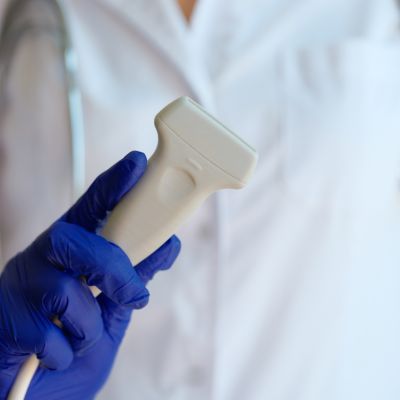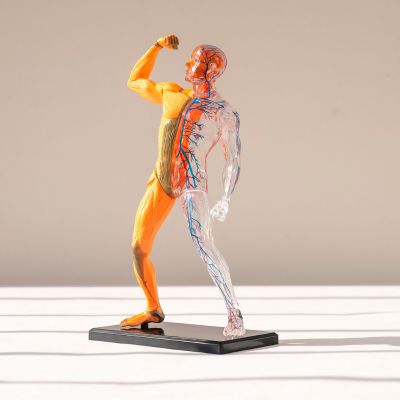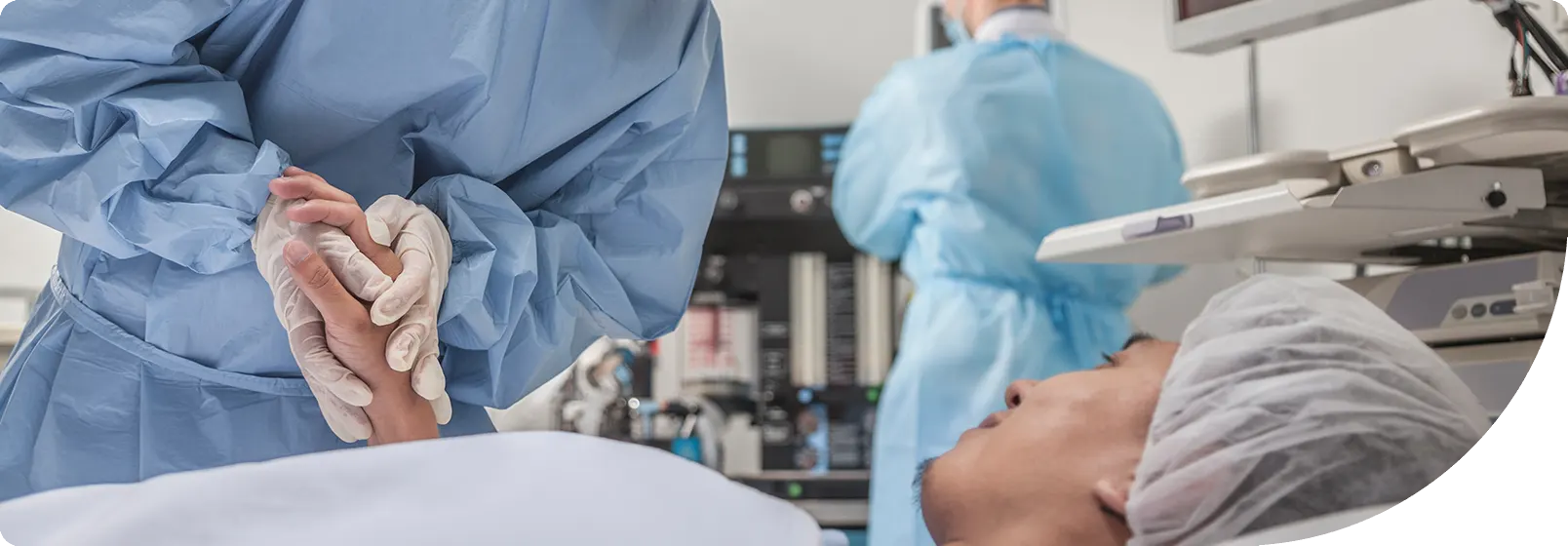The circulatory system transports oxygen and nutrients through your arteries, veins, and capillaries. When we talk about vascular health, we’re describing the condition of your circulatory system and how efficiently your organs and tissues can receive what they need.
Vascular surgery encompasses procedures that treat a wide variety of diseases involving both arteries and veins. Common vascular conditions include atherosclerosis, where plaque buildup narrows arteries, aneurysmal disease, and the need for hemodialysis access. Deep vein thrombosis (DVT), a type of blood clot, is another common vascular issue that affects many people.
Failing to treat conditions can lead to serious complications such as:
- Strokes
- Pulmonary embolism
- Gangrenous infections and limb loss
Early intervention can prevent progression and reduce the risk of life-threatening outcomes. Surgery improves blood flow, alleviates symptoms, and enhances quality of life. Regular check-ups and a heart-healthy lifestyle are crucial for optimal vascular health. Prioritizing vascular health and seeking appropriate treatment ensures a foundation for overall well-being.
Vascular Surgery in Evansville, Indiana
The vascular surgeons at Evansville Surgical Associates are dedicated to providing the highest quality vascular surgery in Evansville, IN, and the tri-state area. Our surgeons are board-certified and fellowship-trained, ensuring they remain at the forefront of surgical advances. This guarantees you the best possible experience throughout the surgical process.
Our vascular surgeons offer a wide range of procedures from minimally invasive surgery to complex interventions. We take a multidisciplinary approach in vascular care that involves collaboration between various specialists involved in your care. Each specialist brings their unique expertise, contributing to a tailored treatment plan.
Vascular surgeons work closely with other medical professionals for comprehensive treatment. Collaboration with nurses, anesthesiologists, rehabilitation specialists, and early involvement of prosthetists if necessary, provides holistic care. This teamwork ensures patients receive the best treatment by integrating a range of expertise to address vascular health effectively.
Tools Commonly Used in Vascular Treatment
Vascular surgery relies on several diagnostic tools to assess and treat conditions affecting the blood vessels. This includes:
- Doppler ultrasound
- CT angiography
- Magnetic resonance imaging
Doppler ultrasound is a non-invasive test that uses high-frequency sound waves to measure blood flow. It’s used to check arteries and veins for:
- Blockages
- Narrowing
- Blood clots
Doppler ultrasound provides real-time information, aiding in the diagnosis of conditions like deep vein thrombosis, aneurysms, and peripheral artery disease.
CT angiography (CTA) is an imaging technique that combines X-rays with computer technology to create detailed cross-sectional images of blood vessels. It’s particularly useful for visualizing the anatomy and identifying any abnormalities or blockages. CTA helps diagnose complex conditions such as aortic aneurysms and evaluate the extent of arterial disease.
Magnetic resonance imaging (MRI) uses strong magnetic fields and radio waves to generate detailed images of the body’s internal structures, including blood vessels. It’s especially effective in evaluating soft tissues, providing valuable information about blood flow and vessel integrity. MRIs help in diagnosing conditions like vascular malformations and aneurysms.
An early, accurate diagnosis with these tools enables timely intervention, potentially preventing complications like stroke or aneurysm rupture. Additionally, precise assessments guide surgeons in planning the most suitable intervention, whether it be medication, endovascular procedures, or open surgery.
Overall, utilizing these diagnostic tools significantly enhances the quality of care and outcomes for patients with vascular conditions.
Common Vascular Procedures
Vascular surgery addresses conditions where blood flow is compromised. Benefits include improved circulation and symptom relief. Complications are rare but still possible. Discuss your specific condition, treatment options, and potential outcomes with your surgeon before making decisions.
TransCarotid Artery Revascularization
TransCarotid artery revascularization (TCAR) is a minimally invasive procedure that reduces the risk of stroke due to carotid artery disease. It works by reversing blood flow in the brain, reducing the risk of stroke during the procedure, and placing a stent in the artery.
Compared to traditional open surgery, the TCAR procedure results in:
- Shorter hospital stays
- Faster recoveries
- Smaller scars
Taking action promptly prevents future strokes. TCAR provides a safer, more efficient solution for high-risk patients.
Angioplasty
During an angioplasty, a catheter with a balloon is inserted into a narrowed or blocked blood vessel. The balloon is inflated to widen the vessel, often followed by placing a stent to keep it open. This helps treat conditions like atherosclerosis, where plaque restricts blood flow.
Angioplasty restores blood flow, reducing symptoms and lowering the risk of complications. It’s minimally invasive, offering a short recovery and improved blood flow. Like all surgical procedures, it does come with some risks. Possible complications include vessel damage, blood clots, or restenosis (re-narrowing).
Bypass Surgery
For bypass surgery, a graft (an artificial or a piece of your vein) creates an alternative route for blood flow, bypassing a blocked or narrowed artery. This helps restore blood flow to your vital organs and extremities. It’s a proven durable solution to improve the blood supply. However, it can result in complications with the graft in rare circumstances.
Endarterectomy
With the endarterectomy procedure, your surgeon restores normal blood flow by removing plaque from the inner lining of the artery. This procedure is often used for carotid arteries in the neck, helping prevent strokes by eliminating plaque that might cause blockages in brain vessels. It is also commonly performed in your groin with the femoral artery to improve circulation to your lower extremities.
The biggest benefit of endarterectomy is that it directly addresses plaque buildup and reduces the risk of stroke. But as with all surgical procedures, there is some risk of complications. In this case, complications could include artery damage, blood clots, or nerve injury.
Recovery and Aftercare
Vascular surgery recovery involves several stages. Initially, patients spend time in a recovery room for close monitoring. This may be followed by a stay in the hospital for a few days or longer, depending on the complexity of the surgery.
Crucial during this phase are:
- Pain management
- Wound care
- Mobility exercises
Once discharged, patients gradually resume daily activities, following their surgeon’s guidelines. Physical therapy may be recommended to aid in regaining strength and mobility. Post-operative care is vital for optimal healing. You should adhere to prescribed medications and maintain a balanced diet rich in nutrients that promote tissue repair.
You can help speed up the recovery process by:
- Avoiding smoking
- Drinking alcohol
- Managing stress
Regular, gentle exercise can also enhance circulation and aid in recovery.
Follow-up appointments are crucial for monitoring progress and detecting any potential complications early. These appointments allow healthcare providers to:
- Adjust medications
- Provide further guidance
- Assess overall vascular health
Ongoing maintenance includes managing risk factors like high blood pressure, diabetes, and high cholesterol. Leading a heart-healthy lifestyle, including a balanced diet and regular exercise, is essential for long-term vascular health.
Remember, individual recovery experiences may vary. Always consult with your healthcare provider for personalized guidance.
Advancements in Vascular Surgical Procedures
Recent technological advancements in vascular surgery have revolutionized the field. Minimally invasive techniques, such as endovascular procedures, now dominate. These involve:
- Smaller incisions
- Specialized tools
- Real-time imaging guidance
Additionally, 3D printing and virtual reality assist in surgical planning, allowing for personalized approaches. These innovations translate into significantly improved outcomes and enhanced patient experiences.
Compared to traditionally open surgeries, minimally invasive surgery leads to:
- Reduced blood loss
- Shorter hospital stays
- Faster recovery times
What’s more, minimally invasive procedures lower the risk of complications and improve overall patient comfort.
Advanced imaging and planning tools enable surgeons to precisely navigate complex vascular anatomy, ensuring more successful interventions. This combination of state-of-the-art technology and refined techniques is driving a paradigm shift. It’s moving vascular surgery towards safer, more effective, and patient-centered care.
Types of Treatment Available in Our Vein Clinic
- Endovenous laser treatment or EVLT – Under ultrasound guidance, a thin laser fiber is inserted into the vein. A concentrated beam of laser energy is then used to close off the abnormal vein, preventing blood from flowing backward and pooling in the legs. This procedure is done in our office and does not require the use of general anesthesia. Our patients are able to walk out of our office and resume normal activities within a few days!
- Sclerotherapy or vein injections – a concentrated solution is injected into the abnormal varicose or spider vein to close it and eliminate discomfort.
- Varithena
- Venaseal
- Radiofrequency Ablation (RFA)
Vascular Surgical Procedures That We Offer
| VASCULAR SURGERY LIST |
| AAA- DESCENDING ONLY |
| 1ST RIB RESECTION |
| BUERGERS DISEASE |
| CAROTID STENOSIS |
| DIALYSIS ACCESS |
| LEG ULCERS |
| MESENTERIC DISORDERS |
| PD CATHS |
| PERMA CATH |
| PVD/PAD |
| RAYNAUDS |
| RENAL ARTERY |
| SCROTAL VARICOSITIES |
| SPIDER VEINS |
| SPLENIC ARTERY |
| SUBCLAVIAN STEAL SYNDROME |
| TEMPORAL BX |
| THORACIC ANEURYSM- DESCENDING ONLY |
| TRANS AX RIB RESECTION |
| VARICOSE VEINS |
| VENOUS UMBRELLA/IVC |
Ready to take the next step?
Request an appointment!
Related Articles

Vascular Surgery — 5 Signs That You Need to See a Doctor
Problems with your vascular system can affect your body in different ways. From minor pain to serious health issues, it’s important to pay attention to what your body is telling you. This will alert you

What Are My Options for Vascular Surgery?
Vascular surgery comes in two types—minimally invasive surgery and open surgery. Minimally invasive vascular surgery often involves the expansion of narrow or blocked veins using balloons and stents. Open surgery, on the other hand, creates

